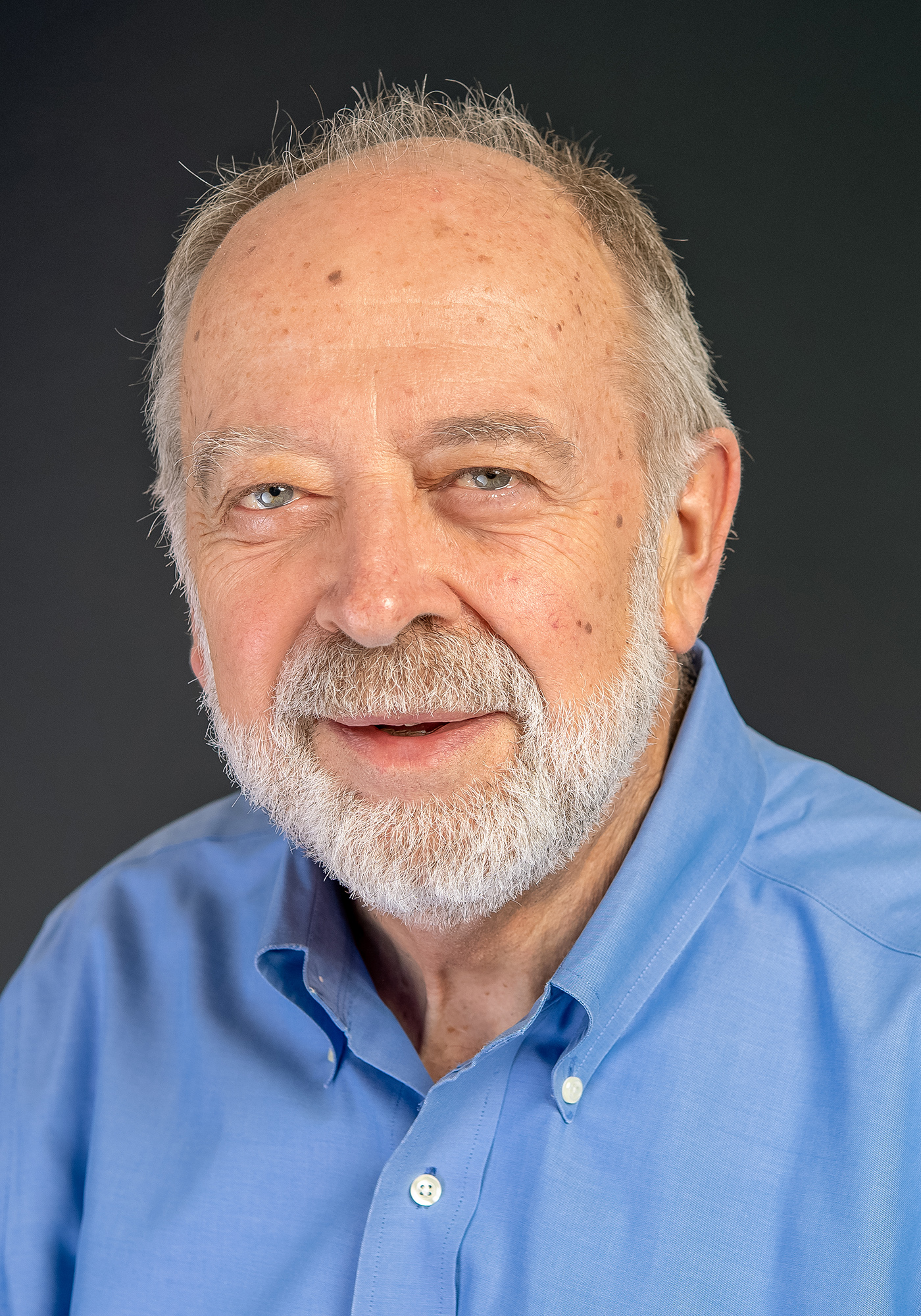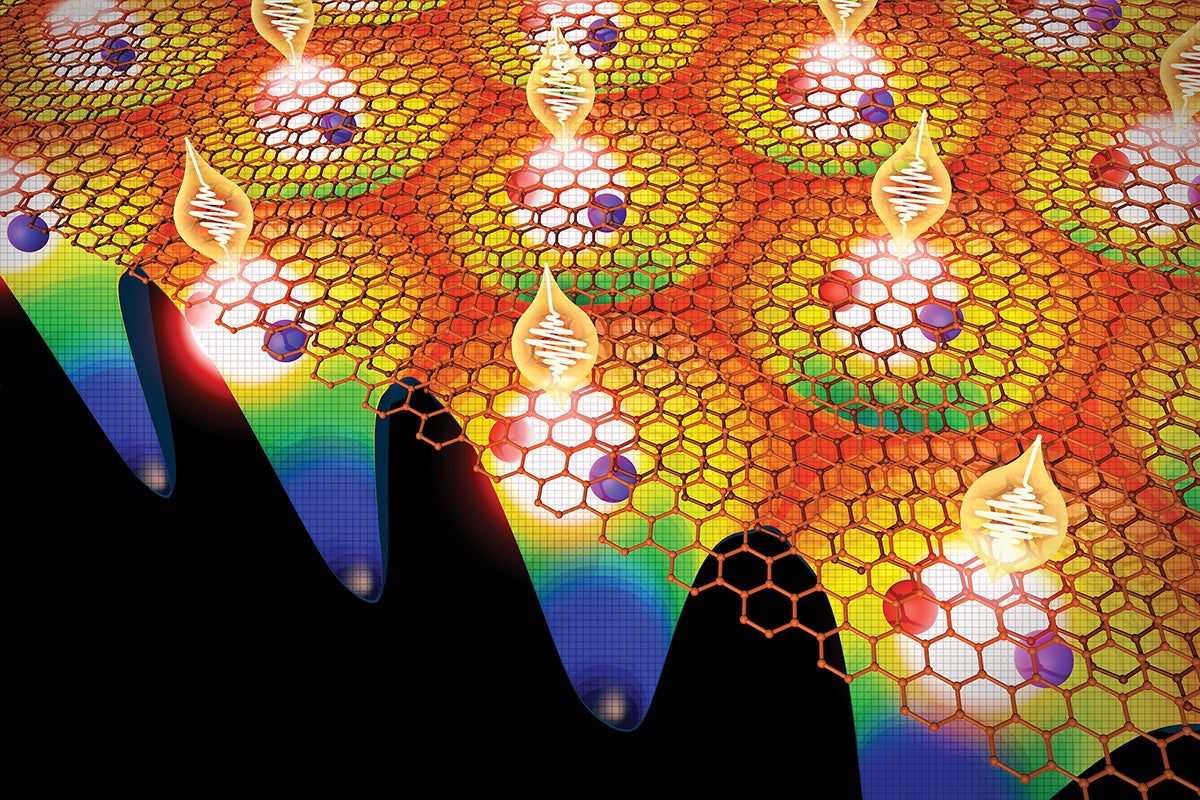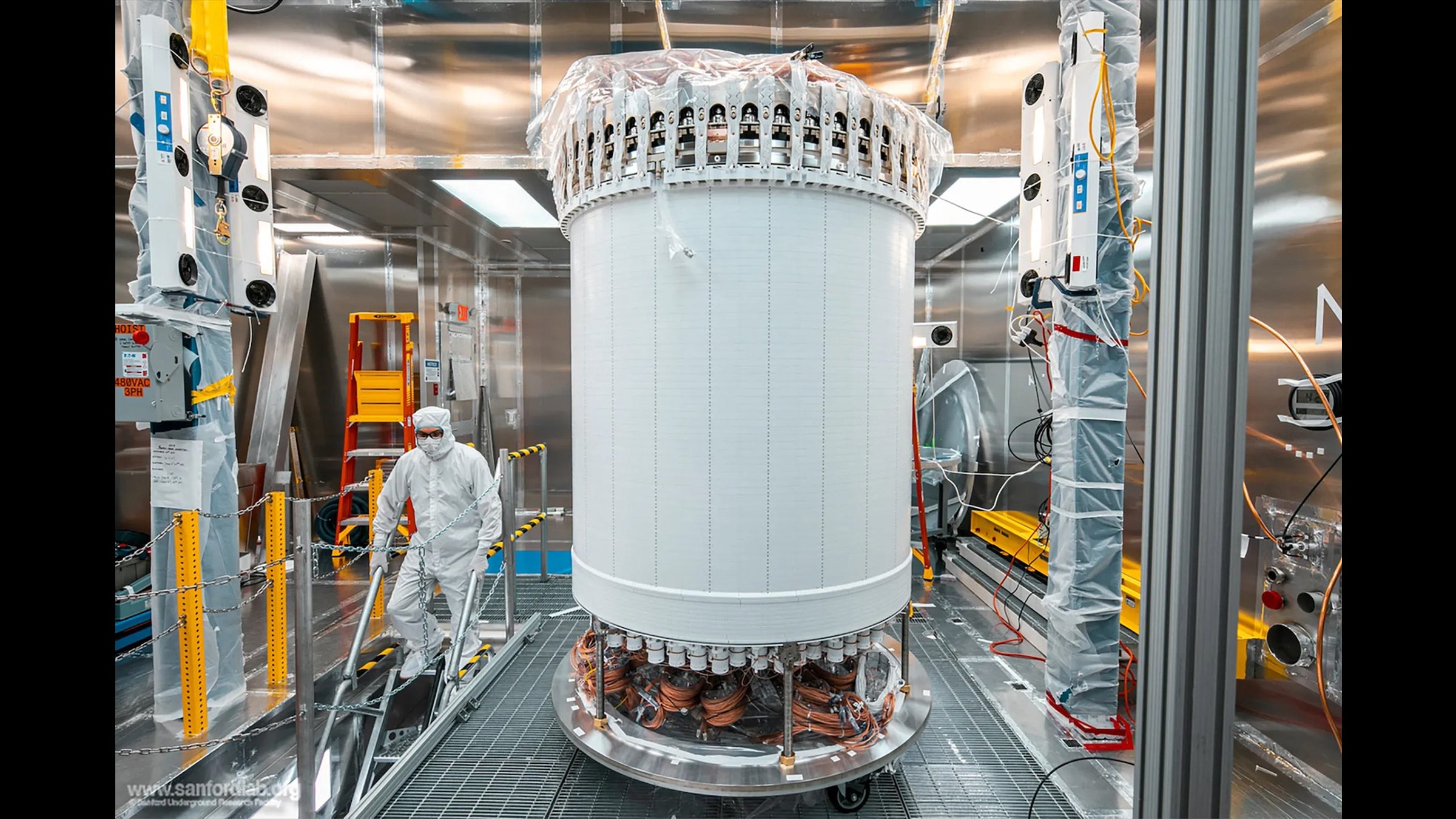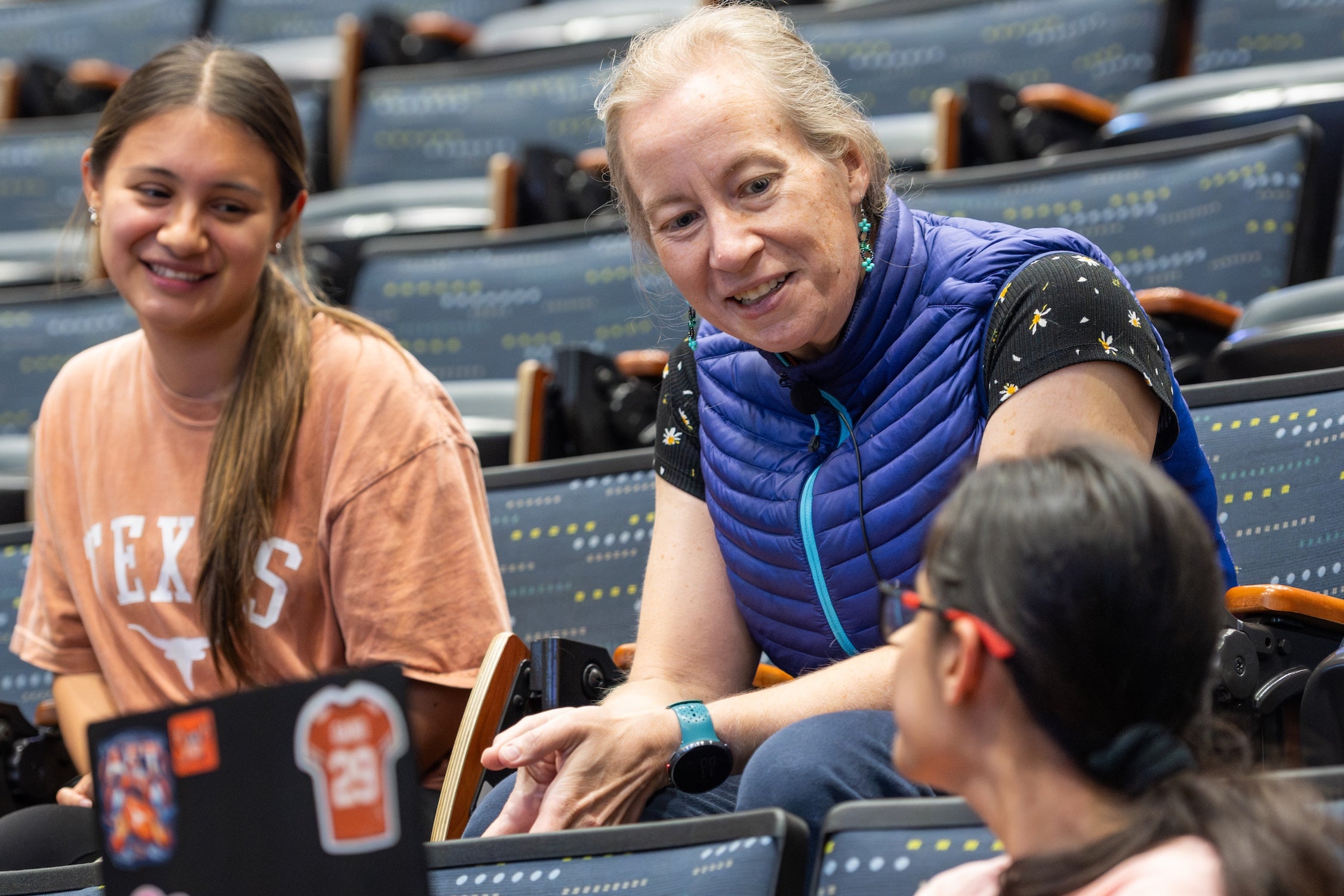Remembering High-Energy Physicist Roy Schwitters
Roy Schwitters, a world-renowned experimental high-energy physicist and emeritus professor, passed away earlier this month.

Roy Schwitters. Credit: Vivian Abagiu.
Among his many notable contributions to science, in 1974 he co-discovered the charm quark, he was a founding member of a large experiment called Collider Detector at Fermilab (CDF) that ultimately led to the discovery of the top quark and he became the director of the Texas-based Superconducting Super Collider. The latter could have been the world's most powerful facility for studying particle physics, had Congress fully funded the effort past 1993.
Born in Seattle in 1944, Schwitters received his doctoral degree from the Massachusetts Institute of Technology and was a professor at Harvard University and Stanford University before joining the faculty of UT Austin part-time in 1990 while working on the Superconducting Super Collider and full time after 1993. Prior to his retirement in 2020, Schwitters was the S.W. Richardson Foundation Regental Professor of Physics and spent time as chair of the Department of Physics.
As a postdoctoral researcher at Stanford, Schwitters helped build a particle detector for the SPEAR accelerator under the supervision of Burton Richter. The SPEAR team noticed that when they collided electrons and their antimatter counterparts, positrons, at a certain energy—just over 3 billion electron volts—they recorded more "events" than average at other energies. While waiting on a bus one afternoon, Schwitters had the epiphany that the group may have found a new particle. Further experiments confirmed the discovery of the charm quark. The finding also confirmed the theory of quarks.
"Needless to say," Schwitters said in a 1992 interview in Scientific American, "that was the most important point in my scientific career."
At about the same time, a group at Brookhaven National Laboratory led by Samuel Chao Chung Ting also discovered the charm quark. In 1976, Richter and Ting were awarded the Nobel Prize in Physics for the discovery.
In 1996, Schwitters joined JASON, a group of academic scientists and engineers who advise agencies of the U.S. government on technical matters related to issues of national security, such as nuclear weapons. He chaired the JASON steering committee from 2005 to 2011.
He led an ambitious research project called Maya Muon, which attempted to image the interior of a buried Mayan pyramid in Belize without digging. The team installed instruments that could detect high-energy particles called muons as they pass through different densities of material—rock, soil, metal, air-filled voids—to create something like a three-dimensional x-ray image of the interior of a 20-meter-tall mound.
Schwitters was a fellow of the American Academy of Arts and Sciences, the American Physical Society (APS) and the American Association for the Advancement of Science. His contributions in high-energy physics and, in particular, particle detectors and accelerators were recognized with a Research Prize by the Alexander von Humboldt Foundation of Germany in 1998, the Panofsky Prize by the APS in 1996 and the Alan T. Waterman Award from the National Science Foundation in 1980.
Schwitters was director of the Superconducting Super Collider (SSC) laboratory in Waxahachie, Texas from its founding in 1989 until cancelled by Congress in 1993. By then, it had already been partially built and, were it to have been finished, it would have been three times as large as the largest accelerator currently operating, the Large Hadron Collider at CERN. Although Schwitters remarked to reporters sometimes that the Higgs boson could have been found a decade earlier and in Texas if that facility had received support as planned, he remained convinced about the public's abiding interest in science. He discussed the relationship between scientists and the public in the context of other major modern discoveries, like the detection of gravitational waves by LIGO, in a 2020 in-depth interview with the American Institute of Physics.
"The lesson to me in SSC days was that people in our country are eager to learn about real science," Schwitters told AIP. "And they know it when they see it. They are genuinely curious and like to see and talk with interesting people working in science. And so I think our role … has to be still to promote public information on the good, solid, exciting science going on in the world around us."



